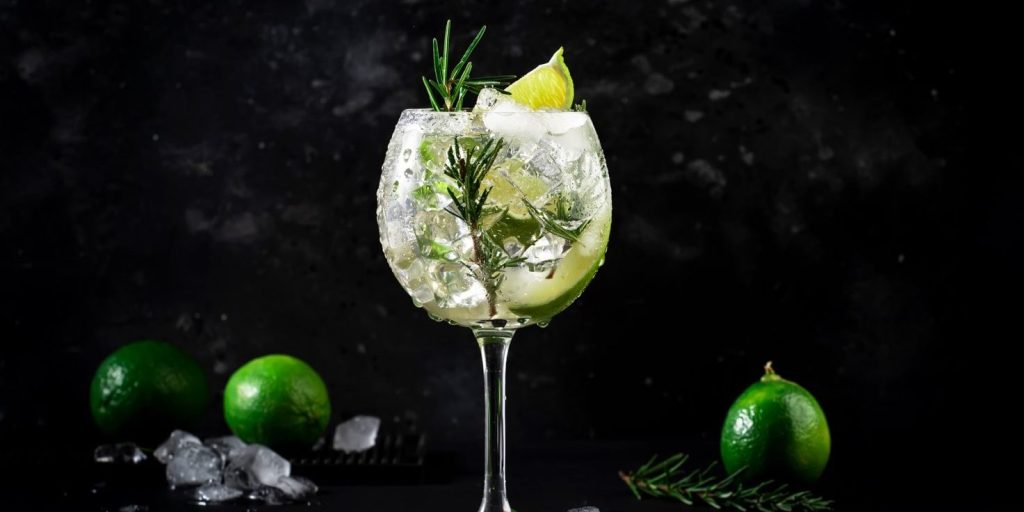Gin has been present in culture and history for centuries. Over time, the production of gin has evolved and created different types and styles of this drink. One of the most important features is its graduation, which determines its alcohol content. In this post we will talk about the degrees in gin and its importance in the production and consumption of this drink.
What are alcohol grades?
Before talking about gin grades, it is important to understand what alcohol grades are.
Alcohol grades refer to the alcohol content in a drink and are measured in percentage volume. That is, if a drink has 40 degrees, it means that 40% of its volume is alcohol.
What about grades in gin?
Gin grades refer to the alcoholic strength of the drink. Gin graduation is measured in degrees and can vary from 37.5 to 60 degrees or more, depending on the type and recipe used.
The graduation of this drink is determined during the distillation, when the alcohol is mixed with the botanists that give it its characteristic flavor.
Types of gin according to their graduation
There are different types of gin depending on the degree of alcohol it has, the most common being dry gin and gin of 40 degrees. In addition, there are other varieties of gin with higher grades, such as cask strength, which can reach 60 degrees or more.
Each type has a unique taste and aroma, which is influenced by its alcohol content.
Dry Gin
Dry gin, also known as London Dry Gin, is the most common variety of gin and is characterized by its dry and spicy flavor. The graduation of this type usually ranges between 37.5 and 45 degrees, depending on the manufacturer and the recipe used.
40 degree Geneva
40 degree gin is another of the most common varieties and is characterized by its standard alcohol content. This graduation is ideal for cocktails and blends, as it allows to balance the flavor of gin with other ingredients.
Cask strength
Cask strength is a variety that is distilled to a alcoholic strength higher than the standard. This can range from 50 to 60 degrees or more, depending on the manufacturer and the recipe used.

How graduation affects consumption
Gin grades can affect drinking in several ways.
- On the one hand, the gins with a higher graduation can be more intense and strong in flavor, which can make its consumption in large quantities more difficult.
- On the other hand, the gins with a lower graduation can have a softer and more delicate flavor, which makes them ideal to consume in large quantities or to prepare cocktails.
In addition, graduation can also affect the price of the drink. The higher the grade, the more expensive it is, due to its higher alcohol concentration and more intense flavor.
Tips for choosing grades for a gin
When choosing a gin, it is important to consider the graduation and how it can affect taste and consumption. Some tips for choosing grades are:
- If a softer and more delicate taste is preferred, it is advisable to choose a gin with a lower graduation, such as a gin of 40 degrees.
- If you want to experiment with more intense and complex flavors, you can opt for a gin with a higher grade, such as cask strength.
- If you want to use gin to prepare cocktails, it is advisable to choose a gin with a standard 40 degree rating, as it is easier to mix with other ingredients.
- It is important to consume gin responsibly and sparingly, regardless of its strength.
Another important factor for a good drinking experience is choosing a quality gin, as is the case of the best premium gin in Spain






